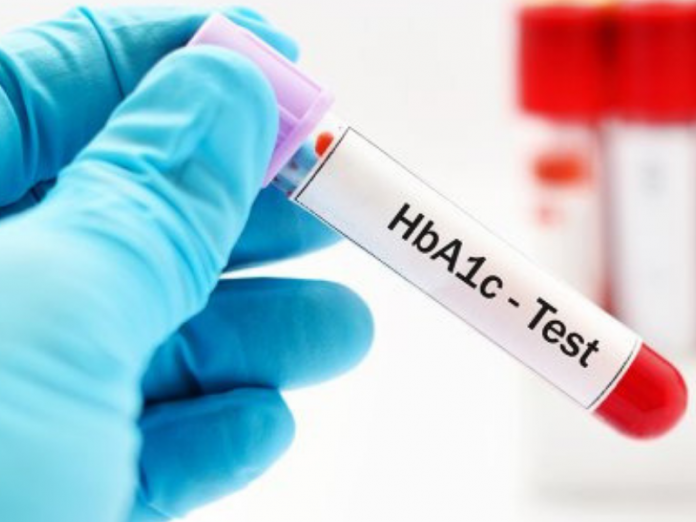A new study presented at US Endocrine Society’s annual meeting says that prevailing hemoglobin A1c blood test to diagnose diabetes often fails to detect the disease and leads to underestimating the prevalence of diabetes.
The report warns that A1c should not be the sole source in determining the prevalence of diabetes, and calls on the healthcare community to use A1c in conjunction with oral glucose test for increased accuracy. The hemoglobin A1c is a test that shows the average level of blood sugar over the past two to three months.
People who have diabetes usually have this test to see whether their blood sugar levels have been staying within a target range. This test is also used to diagnose type 1 and type 2 diabetes. It is often used to diagnose diabetes because no fasting or any preparation is required. A glucose tolerance test, also known as the oral glucose tolerance test, measures the body’s response to sugar (glucose). In this test, a person’s blood is taken after an overnight fast, and then again two hours after they drink a sugary drink.
The glucose tolerance test can be used to screen for type 2 diabetes. The new study, which included 9,000 adults without a diabetes diagnosis, saw the participants getting both an A1c test and an oral tolerance glucose test, and the researchers compared the results.
The researchers found the A1c test did not diagnose 73 percent of diabetes cases that were detected by the oral glucose test. The results indicate that the prevalence of diabetes and normal glucose tolerance defined solely by A1c is highly unreliable, with a significant tendency for underestimation of the prevalence of diabetes and overestimation of normal glucose tolerance.
















